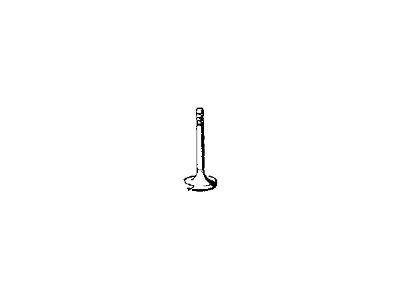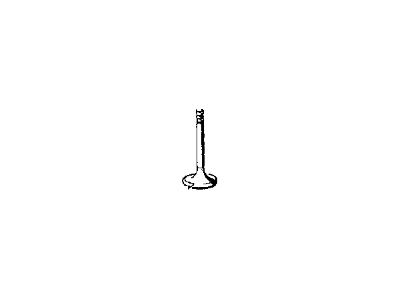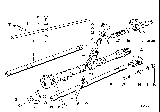×
- Live Chat
- 1-888-580-1680

My Garage
My Account
Cart
Genuine BMW 2002 Intake Valve
Engine Intake Valve- Select Vehicle by Model
- Select Vehicle by VIN
Select Vehicle by Model
orSeries
Model
Year
Select Vehicle by VIN
For the most accurate results, select vehicle by your VIN (Vehicle Identification Number).
2 Intake Valves found
BMW 2002 Intake Valve
Part Number: 11341251880$94.34 MSRP: $114.13You Save: $19.79 (18%)Ships in 1-3 Business Days
BMW 2002 Intake Valve
If you are looking for OEM BMW 2002 Intake Valve, we highly recommend to shop with us. Not only do we offer the most budget friendly prices, but we also provide fast delivery. In addition, we have a hassle-free return policy on all genuine BMW 2002 Intake Valve that come backed by the manufacturer's warranty.
BMW 2002 Intake Valve Parts Questions & Experts Answers
- Q: How should the heads of the valves be examined and what steps should be taken if pitting and burning are found on BMW 2002?A: Inspect the valves for signs of pitting and burning especially in the case of the exhaust valves and examine the seatings. In some cases where pitting is shallow then it can be rectified by grinding of the valve seats together with the valves using the normal valve grinding paste, course and fine. Where there is severe pitting on the valve seats, the valves will have to be re-cut and fitted; where the seats are too poor to recut, new valve seat inserts should be fitted, if possible by the local BMW agent or engineering works. More often than not, it will be the valves that are worn out for replacement; these are usually bought new, then matched with the seats through a process known as valve grinding. In valve grinding, put just sufficient coarsely gritty carborundum paste on the seat face, and apply suction grinder's tool on the valve head, grinding it with half rotary movement and swiveling the valve upwards to distribute the paste. After both surfaces have lost their high gloss and are matt in appearance, remove the paste, apply fine carborundum paste and carry out the lifting and turning of the valve as before. This could be made easier by a light spring under the valve head. When the latter has a smooth, unbroken ring of light grey matt finish on both faces of the wheel, grinding is accomplished. , lastly, remove all forms of carbon from the valve head and from the stem, remove all grind compound from the valve and make sure there are no particles in the ports or valve guides. Remove the valves from the seats and polish with melted paraffin put on a piece of cloth and then a clean cloth and if accessible, compressed air to blow them.











